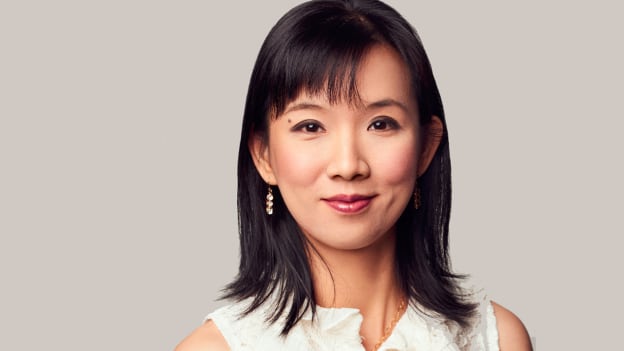Drive change, embrace complexity and bring people along: Jenni Lim, HR Head Asia, Semperit

Currently overseeing the talent practices for Singapore, Malaysia, China, Vietnam, Indonesia, Australia and India, Jenni Lim, HR Head Asia at Semperit discusses in an exclusive conversation with People Matters, how leaders can accelerate the adoption of tech, and building a bulletproof strategy to attract, engage and retain talent.
Jenni is a talent leader with over 15 years of experience across multiple domains of HR ranging from people development, change management to talent management, business transformation and managing the talent perspective through mergers, acquisitions and integrations.
Read on to find out Lim’s strategies surrounding HR digitization, future-proofing organizational stability, and her outlook 2020.
In a career spanning over 15 years, what has been the highlight of your journey so far?
Adapting to changes and dealing with ambiguity. Change is constant and unavoidable, from the business strategy to process and people change. The ability to deal with ambiguity during the change has helped me to be more resilient, able to adapt to those changes quickly and support the organizations in the change management process.
What has been your biggest learning experience? How do you leverage that in your current role?
My biggest learning is to communicate well and involve people. Teamwork is important, you can achieve much more if everyone understands, feels empowered, is motivated and engaged. I believe in giving clear direction and communicating well with my team members so they know what is going on, what is required from them and how they can contribute.
Empowerment is also important in establishing trust.
Everyone is encouraged to help each other, share experience and knowledge as well as work cohesively as a team.
Having worked extensively in the Asian market, what learning opportunities do you foresee for the workforce in this region?
Asian talent is agile, dynamic and tech-savvy. They need to work effectively across countries and cultures. Skills such as critical thinking, innovation, entrepreneurship and problem solving are sought after in the global working environment. Therefore, developing such skills has been the focus of most organizations.
Due to the ageing population in majority of the countries in Asia, a lot of companies are providing the older employees mentor/coach roles in their organizations. At the same time, younger employees are given opportunities for reverse mentoring/coaching their older colleagues.
They have new skills and expertise which provide fresh perspectives and ways of working that could benefit their more established colleagues. Therefore, mentoring and coaching is an important competency for them to develop.
With the HR space focused on digitization and enabling business transformation, what is your advice for global leaders to accelerate the process?
Drive change, embrace complexity and bring people along.
Actively driving and managing change is critical in accelerating the process. Be comfortable to work in complex environment and processes, at the same time find options to reduce complexity.
Always involve people, bring people along, also support those who are struggling so that everybody is onboard.
What according to you is key to future-proofing organizational stability?
Clarity in organization’s purpose and connecting the employees to it. Alignment within the leadership team towards a meaningful and shared purpose to help sharpen the focus on where and how the organization should function in the market. Then, connect it with the employees on the lines of shared purpose and make sure it resonates with them.
Make the workplace a community to promote resilience. A workplace that celebrates both successes and opportunities often, and actively promotes transparency across all levels will encourage enriching conversations, diversity of thought and ultimately, innovation & creativity.
Everyone should have the courage to accept mistakes, not finger pointing and learn from mistakes.
At a time when the war for talent doesn't appear to come to a halt, how can organizations build a bulletproof strategy to attract, engage and retain talent?
Ensure employees know their work matters: People need to see the how their work contributes to the company’s success. By helping employees see how the work they do supports the company’s overall business strategy, they will likely feel more engaged and motivated. Hence, it will lead to better performance. Happy employees, happy customers.
Establish a strong corporate culture and communicate it: Organizations that create a culture defined by meaningful work, deep employee engagement, job and organizational fit will likely attract and retain top talent. It is important for the organizational culture to cascade down, communicate corporate culture well to all employees.
Define employees’ career development: A key driver of attrition is the perceived lack of career opportunities and advancement. Managers should provide role clarity and career development information to their employees and translate career goals into daily work.
What are your focus areas for 2020?
Support the ongoing HR digitalization journey, organizational development initiatives, talent attraction & retention and HR operational excellence.















